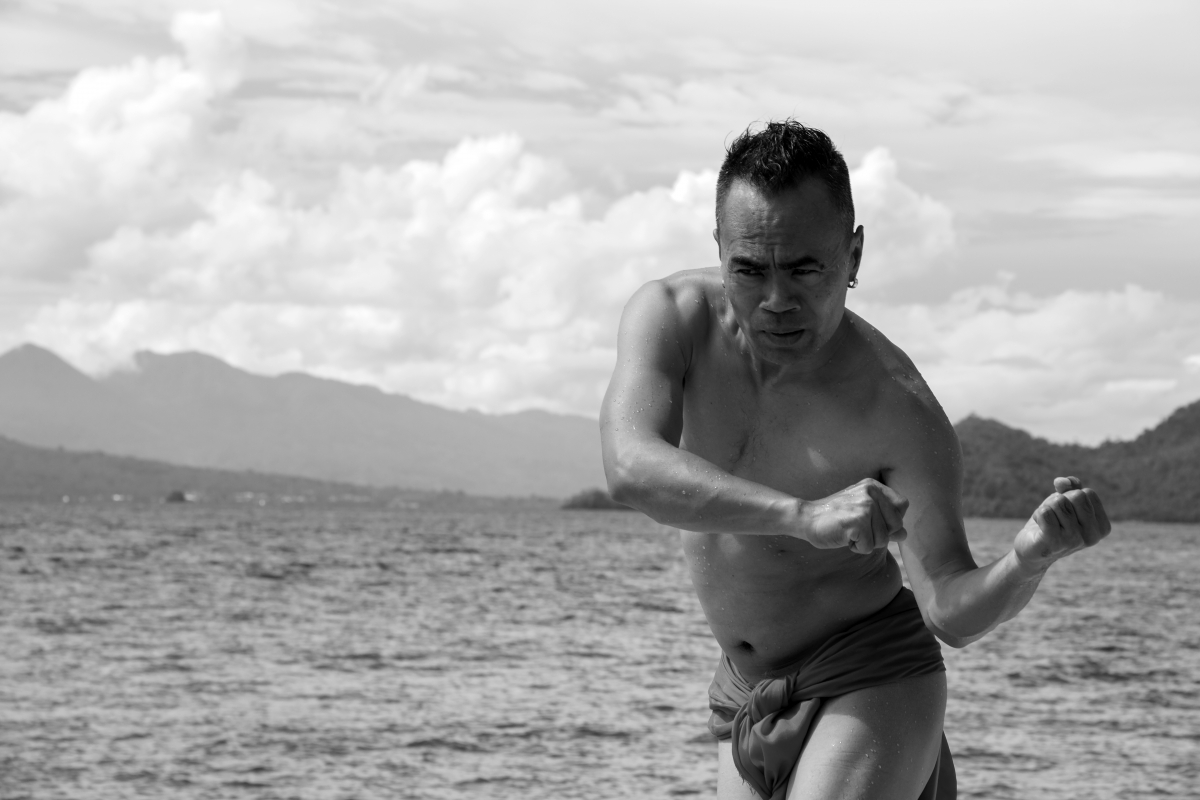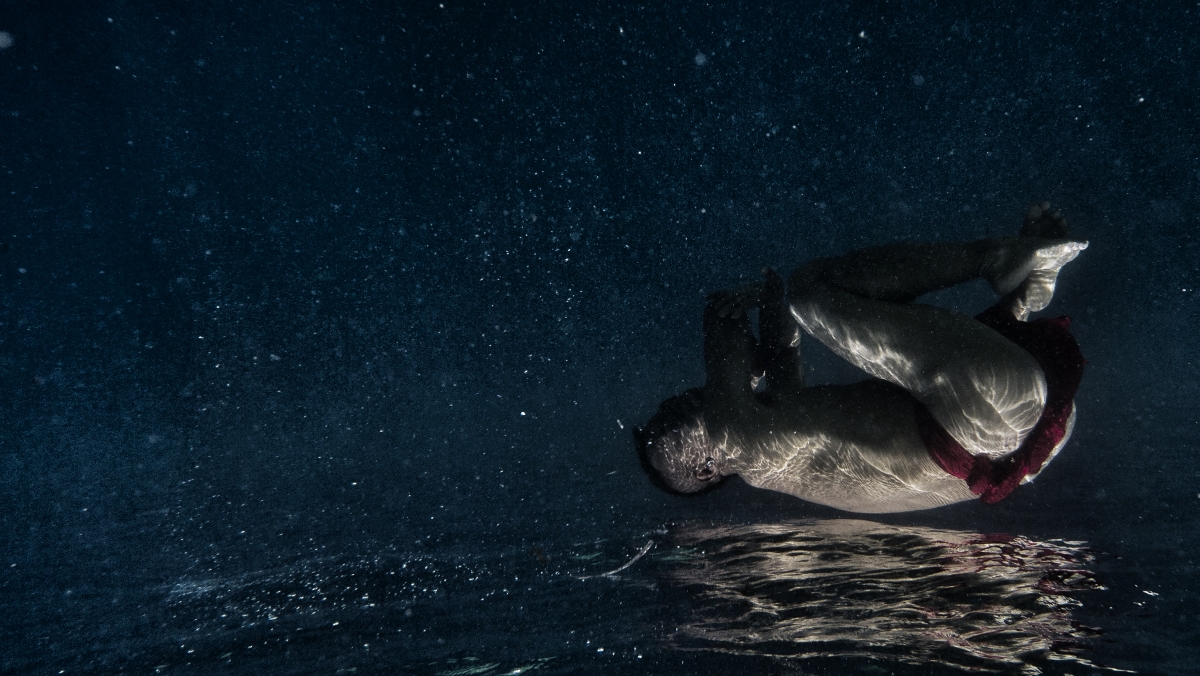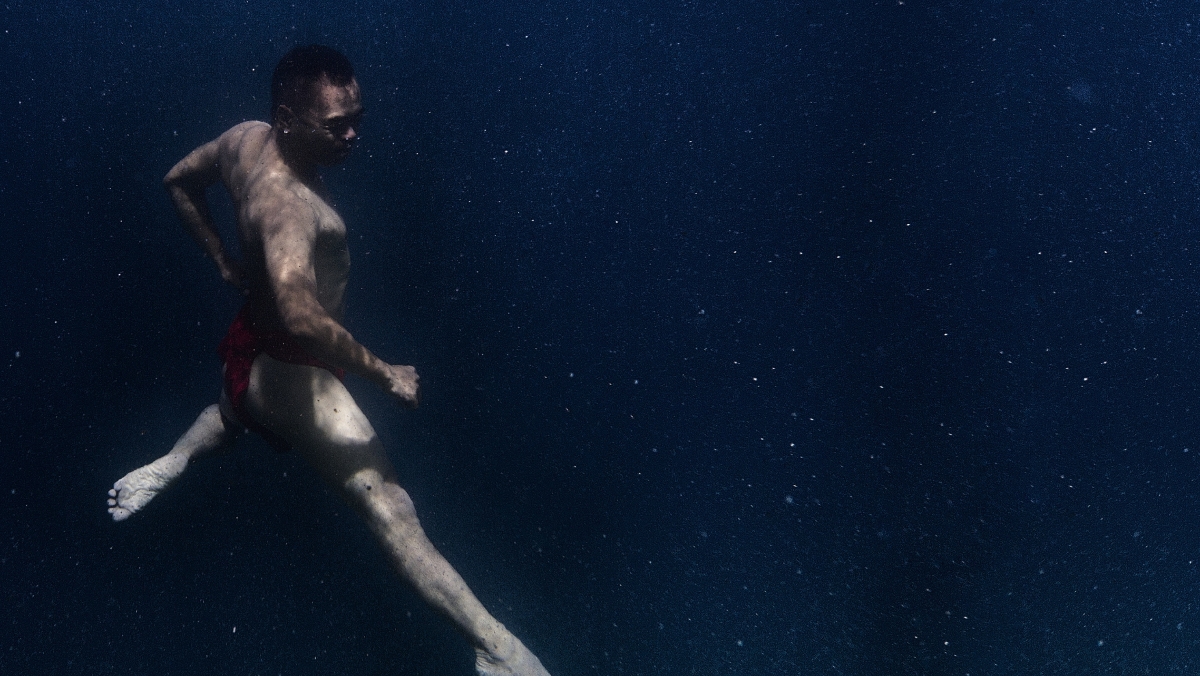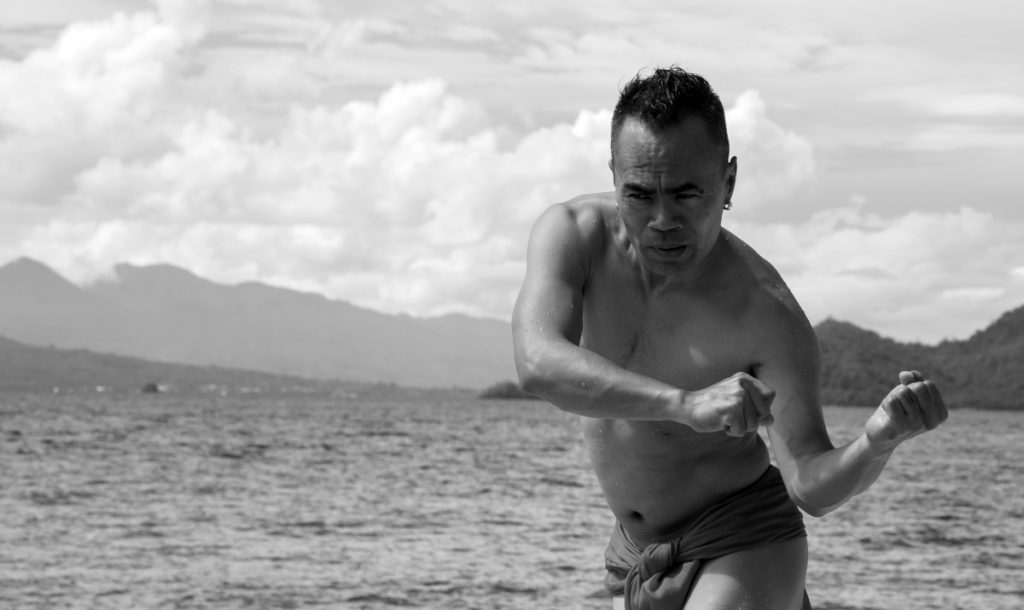Since its establishment in Brussels in 1969, the Europalia Art Biennial (10 October 2017-21 January 2018) has always featured a guest country, and this time it’s Indonesia’s turn. Europalia pitches itself as an inclusive festival that doesn’t restrict itself to a particular genre or discipline. Nor is it limited to the capital, with events held throughout Belgium and, increasingly, in other European countries.
The figures are impressive (or perhaps overwhelming if you’re on the organising committee). As guest of honour at Europalia 2017, Indonesia will put on 228 cultural events (including 69 dance and theater shows, 71 music performances, 36 literature works, 38 movie works and 14 exhibitions) in 40 different cities over 104 days.
One must-see (perhaps, given it’s about the ocean, you’ll allow me to suggest that it is, in fact, a must-sea) is Salt, the new solo work by acclaimed Indonesian choreographer Eko Supriyanto.

Indonesian choreographer Eko Supriyanto. Image: D. Fajar
Inspired by his experiences swimming with baby barracuda, Salt is the last in a trilogy of dance performances developed by Supriyanto about his experiences in West Halmahera, North Maluku – the others being Cry Jailolo and Balabala, which featured young local men and women. As I wrote in a review for Inside Indonesia earlier this year, Cry Jailolo and Balabala make connections between dance and the underwater world.
By bringing attention to a part of Indonesia often overlooked in terms of modern infrastructure development, legal reform and business investment, these performances are political statements about the sustainability of marine resources and the cultural inheritance passed down to Indonesia’s (non-Javanese) youth. In so doing, they speak to the problems of over-fishing and the health of our oceans, the legacy of culture and tradition, and, ultimately, how this vast archipelago – a sea sewn with islands – values its maritime domain.

The opening of Cry Jailolo begins in darkness, with the sounds of a foot, then a heel, repeatedly hitting the floor. Gradually, dim light reveals a male dancer clad in red shorts. This powerful pulse barely ceases throughout the entire 60-minute performance, bringing to mind the rhythm of waves hitting the shoreline. Image: Natali Pearson

Balabala features five young women from Halmahera. These women, with their scraped-back hair and loose black clothing, perform with confidence, determination and a fierceness that belies their age. Almost an hour of quietly powerful dancing, marked by solo interludes, joyous group dancing and noisy chitter-chatter in North Moluccan Malay, culminates with defiant fist-shaking. Image: Natali Pearson

The dancers of Cry Jailolo dancers are joined on stage by Eko Supriyanto at the 2017 Sydney Festival. Image: Natali Pearson
In Salt, Supriyanto revisits these themes: the threats to Indonesia’s marine life, and the relationship between cultural heritage and the rhythm of the underwater world – ‘a world without gravity where another perspective emerges’.

Eko Supriyanto draws upon his training in both pencak silat (Indonesian martial arts) and classical Javanese dancing, combing these with his experiences learning to dive in Halmahera. Image: D. Fajar
Together, the trilogy of Cry Jailolo, Balabala and Salt make for a masterful reflection on, and embodied response to, important and often neglected issues in contemporary Indonesia: the role of gender in shaping experience, the legacy of culture and tradition for Indonesian youth, and the significance of the ocean. In a 2016 interview with the Australia Indonesia Youth Association, Supriyanto said:
I hope to stimulate a deep discussion on Indonesian contemporary dance and its relation to tradition. To argue that Indonesian contemporary dance is always based on its traditions. What is important is how we define the meaning of tradition. Traditions that encompass a deep conversation on the diversity of Indonesian arts and culture, which includes maritime culture. Not only the classical court dances of Java and Bali and the agricultural societies, but also the world of the ocean and fisherman.
I was privileged to meet Supriyanto and some of his youthful dancers during the Sydney leg of their Australian tour in January / February 2017. The inclusion of Cry Jailolo and Balabala at the 2017 Sydney Festival was a welcome development for Australian audiences who, while increasingly exposed to Indonesia’s vibrant visual arts scene through gallery and museum exhibitions, remain less familiar with the sophistication and creativity of contemporary Indonesian dance and choreography.

The author with Eko Supriyanto at the 2017 Sydney Festival. Image: Natali Pearson
Now it is Europe’s turn to see Supriyanto’s work – Salt has already been performed in Antwerpen and Brussels, and will be shown in early December in Münster and Evergem, (near Ghent). Of course, it wouldn’t be a trilogy without the other two works. Both Cry Jailolo and Balabala are also being shown as part of Europalia 2017, meaning you can be among the first to see this powerful trilogy.

Eko Supriyanto likens the experience of being underwater to that of being on stage: wholly focused and in the moment. Image: D. Fajar
 Facebook
Facebook  Twitter
Twitter  Soundcloud
Soundcloud  Youtube
Youtube  Rss
Rss 


